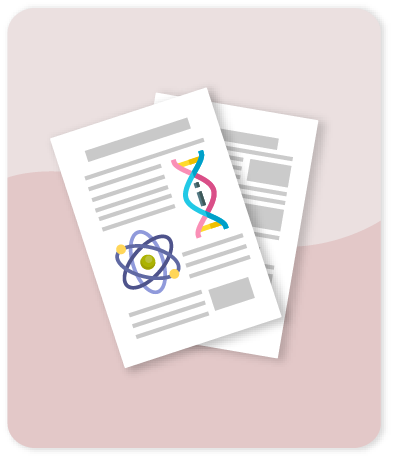Valorization of lemon peels wastes into a potential adsorbent for simultaneous removal of copper ion (Cu2+) and Congo red from wastewater

Compartir este ítem
Fecha
2023Autor
Pérez S
Ulloa M
Flórez E
Acelas N
Ocampo-Pérez R
Padilla-Ortega E
Forgionny A.
Citación
Metadatos
Mostrar el registro completo del ítemResumen
This research focused on the development of an adsorbent material from the Tahiti lemon peels (LP) using thermochemical treatment with ZnCl2 at 550 °C, and its application for simultaneous removal of copper ion (Cu2+), and Congo red (CR) from contaminated water resources. Results showed a mesoporous activated carbon with a high area (SBET = 945 m2g−1) and a wide pore distribution (2.0–25 nm), with carboxylate, phenolic and ether as the main functional surface groups. The adsorption experiments showed that LP activated with ZnCl2 (LPZn) exhibited a higher effectiveness than LP without any treatment and LP calcined at 550 °C (CLP). The pH at the point of zero charge (pHPZC) of LP, CLP, and LPZn was 2.78, 8.04, and 4.72, respectively, indicating a wide diversity and proportion of functional groups in the materials. The maximum adsorption capacities of LPZn were 1.78 meq g−1 (618.35 mg g−1) for CR and 0.91 meq g−1 (28.85 mg g−1) for Cu2+, which are comparable with other adsorbents previously reported. In multicomponent systems, at the highest concentration of Cu2+ (90.0 mg L-1 ≈2.9 meq L-1), a favoring of the adsorbed amount of Cu2+ was observed, suggesting the occurrence of a synergistic effect for the presence of Cu2+ under these conditions. Therefore, the material derived from Tahiti lemon peels can be considered a promising adsorbent with good physicochemical properties for the treatment of contaminated wastewater by dyes and heavy metal ions. © 2023 Elsevier B.V.
Colecciones
- Indexados Scopus [1813]
